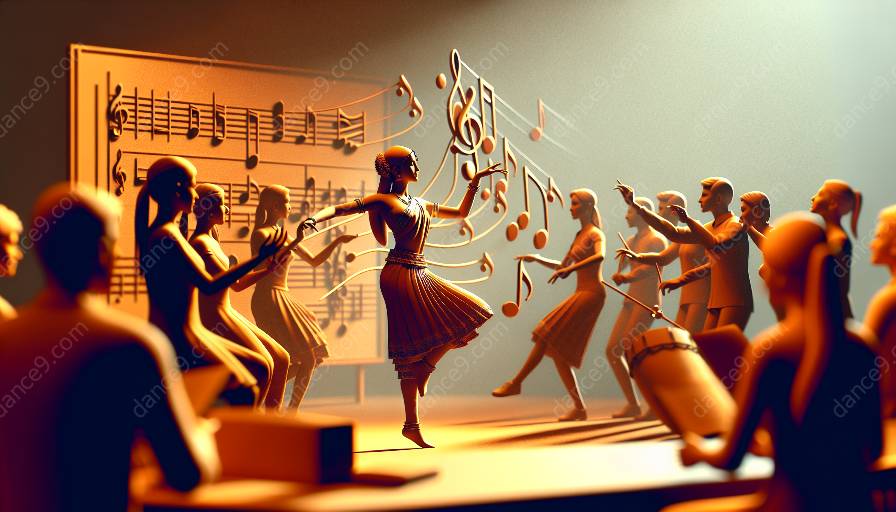Throughout the history of dance, music has played a crucial role in influencing choreographic decisions. The relationship between dance and music is deeply intertwined, and understanding this dynamic connection is essential for comprehensive dance studies.
The Dance and Music Relationship
Dance and music are inextricably linked, and their relationship is complex and multifaceted. Music sets the tone, rhythm, and emotional context for a dance piece, providing choreographers with a powerful tool for artistic expression. Whether it's the pulse of a drumbeat, the lyrical melodies of a classical composition, or the electronic sounds of contemporary music, the musical accompaniment can inspire, guide, and shape the movements of the dancers.
Emotional and Psychological Impact
Music has the ability to evoke a wide range of emotions and moods, which directly impacts choreographic decisions. Choreographers often use music as a catalyst for exploring different emotional states and psychological themes within their work. The nuances of music, including tempo, dynamics, and instrumentation, can influence the dynamics, pacing, and overall structure of a dance piece.
Structural and Rhythmic Considerations
When crafting choreography, dancers often respond to the rhythmic patterns and structural elements present in the music. The rhythmic qualities of the music inform the timing and phrasing of movements, providing a framework for the choreographic process. Whether it's following the intricate syncopation of jazz music or the steady, pulsating rhythm of a traditional waltz, the structural components of music greatly influence the spatial and temporal dimensions of dance.
Cultural and Historical Context
Music is deeply rooted in cultural and historical contexts, and when choreographing a dance piece, understanding the cultural significance and historical background of the music being used is paramount. Choreographers often draw inspiration from the cultural elements embedded in music, infusing their choreography with authenticity and depth.
Impact on Dance Studies
The study of dance is enriched by an exploration of the intricate relationship between dance and music. By analyzing how music influences choreographic decisions, scholars and practitioners gain valuable insights into the creative processes behind dance compositions. Understanding the interplay between music and choreography enhances the critical and aesthetic appreciation of dance as an art form.
Interdisciplinary Perspectives
Furthermore, examining the influence of music on choreographic decisions encourages interdisciplinary collaboration between musicians, composers, and dancers. This interweaving of artistic disciplines fosters a holistic approach to creative expression and widens the scope of dance studies, allowing for a more comprehensive understanding of the collaborative nature of the performing arts.
Evolution of Dance and Music
Studying how music influences choreographic decisions also provides valuable insights into the evolution of dance and music as art forms. As musical styles and trends change over time, the choreographic decisions in dance also adapt and evolve. This exploration contributes to a richer understanding of the dynamic interplay between music and dance within different cultural and historical contexts.
By delving into the profound influence of music on choreographic decisions, dancers, scholars, and enthusiasts alike can gain a deeper appreciation for the interconnected nature of dance and music, enriching their experience and understanding of both disciplines.

















